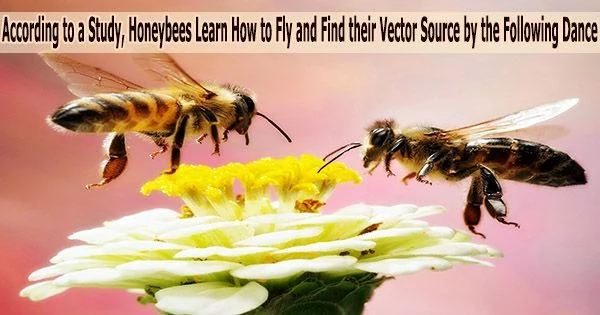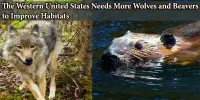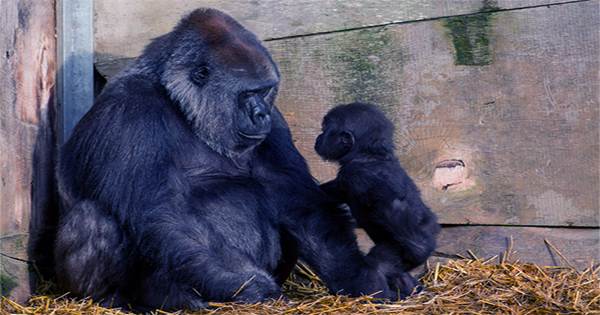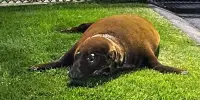Researchers from the Chinese Academy of Sciences’ Xishuangbanna Tropical Botanical Garden (XTBG), Freie Universität Berlin, and Rutgers University demonstrated in a study published in PNAS that the dance of the returning honeybee forager conveys the direction and distance of the food source from the hive to the honeycomb surface, acting as a kind of map or representation of where the food source is.
According to the researchers, dance communication is far more complex than previously assumed, translating the vector information into a map-like representation of the explored environment.
Honeybees (Apis mellifera carnica) are the only non-human animals that communicate navigational information through a symbolic form of information transfer. Foragers who find food successfully and return to it do a waggle dance to show where it is and how far it is. Yet, it had never been thought of before, much less scientifically proven, that the interpretation of the dance may correspond to landscape data that has been stored.
The bees were captured and transported to release sites far from the hive before flying the vector flight, rendering the flight instruction they received from the waggle dance less than useful. In this study, the researchers introduced a novel method in which bees with no feeder experience were recruited by dancing bees, captured, and transported to release sites.
Our results add new information to the understanding of symbolic communication through the waggle dance. By following the dance, recruits receive two messages, a polar flight instruction (bearing and distance from the hive) and a Cartesian-location vector that allows them to approach the source from anywhere in their familiar territory.
Dr. Wang Zhengwei
However, most of the recruited bees sooner or later gravitated toward the true location of the food source.
“The courses taken by the displaced recruits towards the food satisfy the operational definition of a map: A representation of the spatial relationships between mapped objects (possibly including the horizon profiles) that allows a navigator to set a course to any location within the map’s frame of reference from any other location within that frame of reference,” said Dr. Wang Zhengwei, first author of the study.
The symbols used (body movements in the dark hive on a vertical comb surface) are rather simple, but they allow the receiving bee to derive a representation of the target location.
Foraging bees frequently alternate between dancing and dance following; as a result, the dance message is not just a flying instruction but also a conversational navigational signal about where the food is and how to get there.
“Our results add new information to the understanding of symbolic communication through the waggle dance. By following the dance, recruits receive two messages, a polar flight instruction (bearing and distance from the hive) and a Cartesian-location vector that allows them to approach the source from anywhere in their familiar territory,” said Wang.
















